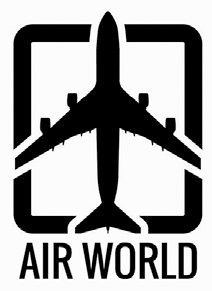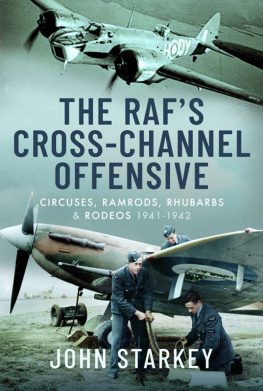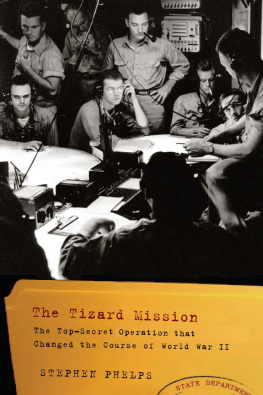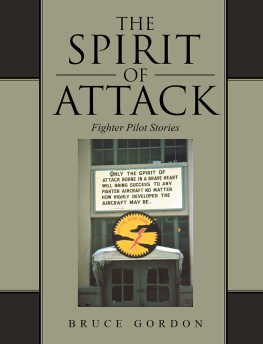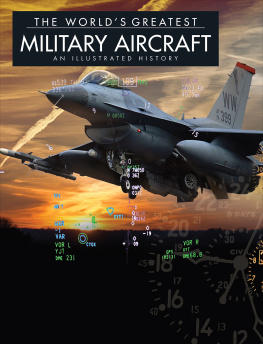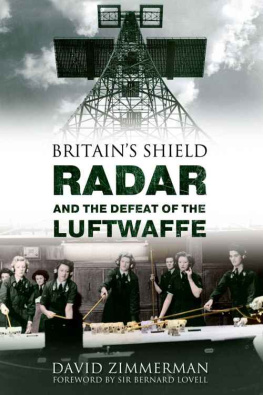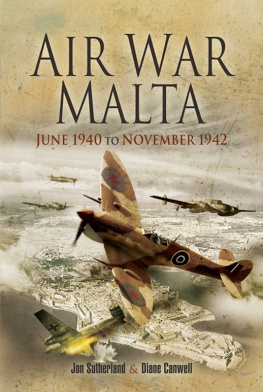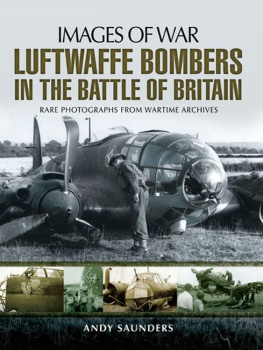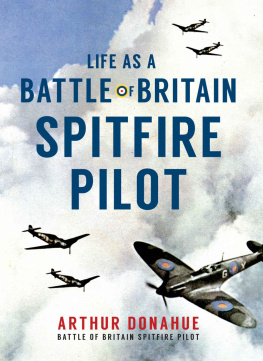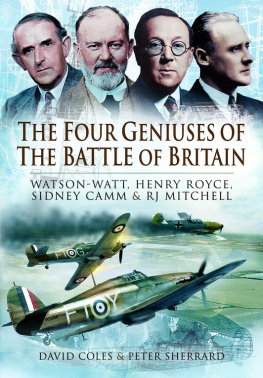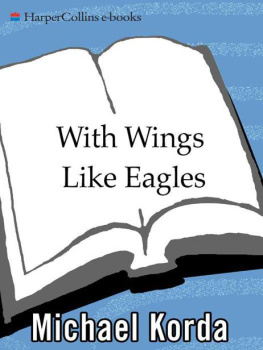Helping Stop Hitlers Luftwaffe
Helping Stop Hitlers Luftwaffe
The Memoirs of a Pilot Involved in the Development of Radar Interception, Vital in the Battle of Britain
Air Marshal Sir Arthur McDonald
KCB AFC FRAes DL
Pen & Sword Air World
An imprint of
Pen & Sword Books Ltd
Yorkshire Philadelphia
Copyright the estate of Sir Arthur McDonald 2020
ISBN 978 1 52676 478 2
eISBN 978 1 52676 479 9
Mobi ISBN 978 1 52676 480 5
The right of the estate of Sir Arthur McDonald to be identified as Author of this work has been asserted by them in accordance with the Copyright, Designs and Patents Act 1988.
A CIP catalogue record for this book is available from the British Library.
All rights reserved. No part of this book may be reproduced or transmitted in any form or by any means, electronic or mechanical including photocopying, recording or by any information storage and retrieval system, without permission from the Publisher in writing.
Pen & Sword Books Limited incorporates the imprints of Atlas, Archaeology, Aviation, Discovery, Family History, Fiction, History, Maritime, Military, Military Classics, Politics, Select, Transport, True Crime, Air World, Frontline Publishing, Leo Cooper, Remember When, Seaforth Publishing, The Praetorian Press, Wharncliffe Local History, Wharncliffe Transport, Wharncliffe True Crime and White Owl.
For a complete list of Pen & Sword titles please contact
PEN & SWORD BOOKS LIMITED
47 Church Street, Barnsley, South Yorkshire, S70 2AS, England
E-mail:
Website: www.pen-and-sword.co.uk
Or
PEN AND SWORD BOOKS
1950 Lawrence Rd, Havertown, PA 19083, USA
E-mail:
Website: www.penandswordbooks.com
Acknowledgements
W e would like to thank the following people and organisations who have helped in completing this project:
The National Archives in Kew for providing documents relating to the Biggin Hill Experiment and other documents which helped fill in gaps about Arthurs later service history in Ceylon and India during the war.
The Imperial War Museum, for its excellent photo library, which produced some new photos.
Duxford Museum, particularly the helpful volunteer tour guide Graham Rogers, who gave the family a wonderful tour, and its historian Carl Warner.
Our editor, Richard Doherty, for being so knowledgeable about the historical details.
Arthurs wife, Mary, for her informative letters about Arthurs time as Commander in Chief of the Pakistan Air Force.
The book, Tizzard by Ronald W. Clark, which gives a helpful account of the events leading up to the Biggin Hill Experiment.
Graham Clarke, the historian of the Royal Lymington Yacht Club, for taking the time to send us details of Arthurs sailing achievements.
Phil Listemann, who runs the excellent website, RAF-in-Combat, who spent time looking through his vast photo collection to find photos of relevant planes.
Particular thanks also go to Robin and Ian McDonald for their help in providing photos and information for the Antigua sections of the book.
We would also like to thank family members in the UK, particularly Jean, John, Peter, Ian, Alison, Simon, Joe and Jez who all helped provide extra details for the book and helped with proof reading.
The family also gained useful information visiting the new museum at Biggin Hill and the excellent Battle of Britain Bunker at Uxbridge when researching the book.
Unless otherwise stated, all images have been provided from Arthurs own collection. Many of the RAF photos contained in Arthurs collection were taken by official RAF photographers and were under Crown Copyright until this expired.
These memoirs were completed by Arthurs oldest daughter Ann and granddaughter Jackie.
Introduction
This Biographical Sketch was dictated by Arthur into a tape- recorder at his home in Lymington, Hampshire, during his nineties, long after he retired from the RAF. When settling in Lymington he asked the estate agent for a house within cycling distance of the Royal Lymington Yacht Club. As someone who represented his country in sailing in the 1948 Olympic Games, his passion for yacht racing continued throughout his long and happy retirement. He was still racing regularly at the yacht club well into his late eighties.
As well as describing how and where his love of sailing began, Arthurs memoirs give a fascinating insight into life as a pilot in the early days of the RAF. He talks about the, then unknown, dangers facing pilots in the early days of flying, the risks of anoxia and of carbon monoxide poisoning. The memoirs outline the significant achievements in his career that led to him receiving his knighthood in 1958 and rising to the rank of Air Marshal before retiring in 1962. Such achievements include being involved in the little-known Biggin Hill Experiment, which played a vital part in the development of our radar defences by ground to air control just before the Second World War. There is also a detailed explanation of the invisible flare-path he developed for his pilots returning to base at Duxford during the war, so that none of them were shot down while landing at night.
In the early chapters of the book, Arthur shares what it was like to grow up in Antigua, one of the Leeward Islands of the West Indies, and explains how his interest in engineering started as an apprentice in the Antigua Sugar Factory.
In the appendices we have included background information to some of the events mentioned in the book. As Arthur was not able to complete his memoirs, we have included brief descriptions of some of his later postings from other sources.
These memoirs have been compiled directly from Arthurs tapes by his eldest daughter, Ann, who was present during the recordings, and his granddaughter Jackie, with help from his family in the UK and Antigua.
Chapter 1
Growing up in the West Indies, 19031912
M y earliest memories were of living in a small wooden framehouse with my parents on a sugar estate in the island of St Kitts in the West Indies; this would have been around 1908 to 1909.
The house had been built for the manager of the estate, but several estates had been merged and the joint manager of the group had been accommodated elsewhere. The house had, therefore, been made available for my father who was a doctor and had been appointed by the Colonial Office to be the doctor for the northern side of St Kitts.

